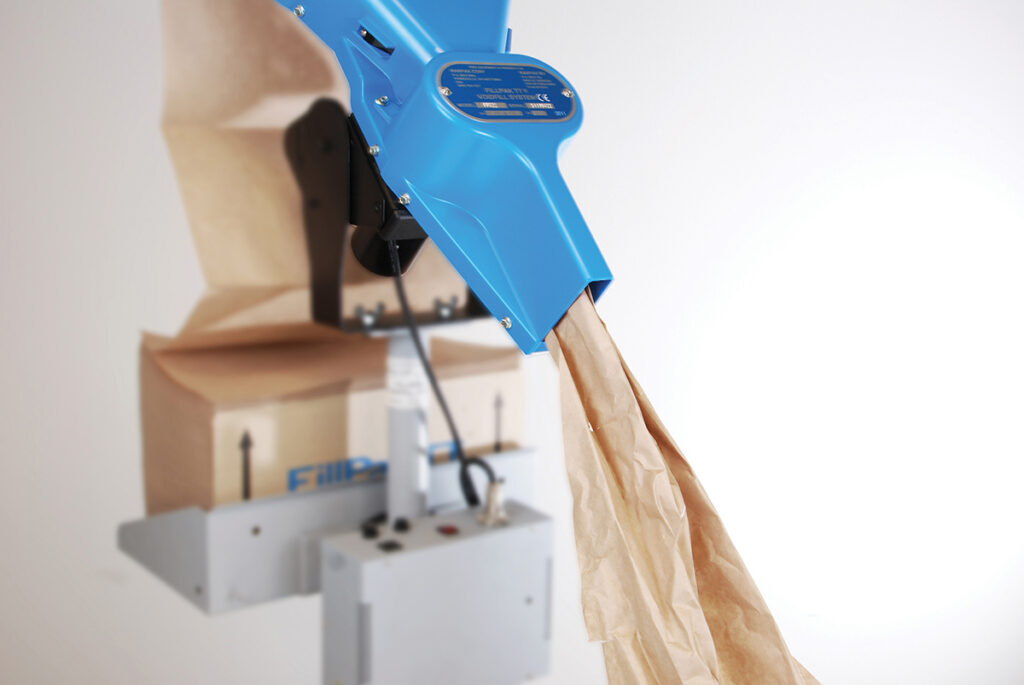ANTALIS Packaging has revealed how it helped a beauty company switch to entirely paper-based packaging for the distribution of its haircare products in the UK.
The client’s existing packing process involved the use of plastic airs sacs, stored in large hoppers above the packing stations. Antalis proposed a trial installation of a Fillpak TT production unit alongside its existing system, enabling the client to test it out before committing to buy.
Fillpak TT, by Ranpak, is described as a ‘flexible, portable void-fill system’. Fan-folded kraft paper sheets are crumpled in the converter to form the filling material while a foot pedal is used to dispense the right amount of material to fill voids when packaging goods.
To further support the company’s sustainability goals, Antalis recommended switching to an easy-tear, acid-free crêpe paper tape to seal cartons, and changing to FSC-certified cartons.
Following a five-week trial period, the client opted to purchase four units and also implemented the recommended changes to the tape and cartons.
Antalis revealed further benefits have been achieved through the saving of space on site. The ‘compact size and portability’ of Fillpak TT has freed up space around the packing area, making it easier for packers to work and socially distance. Antalis also holds the client’s packaging materials in stock, delivering it to them on a just-in-time basis, which has freed up warehouse space.
Alan Frampton, Antalis Packaging regional sales manager, said, “The client’s goal was to eliminate plastics from their transit packaging by the end of 2020 and because we were able to run the trial and then install the machines and get supplies of the paper tape and new FSC-certified boxes organised quickly, they were able to meet their target easily.
“The removal of the large hoppers holding the plastic air sacs has also allowed more light into the packing area, making it a much pleasanter environment to work in. Plus, because the Fillpak TT is a portable unit, it can be moved about to where it’s needed most, adding flexibility to the packing line.”














